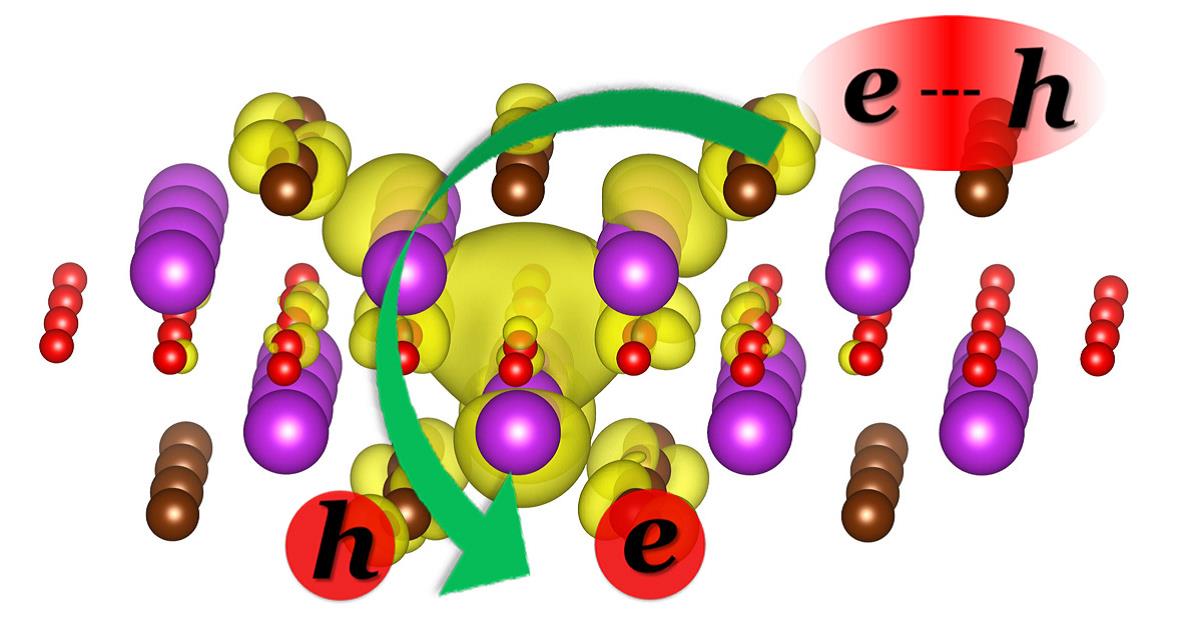Progress in excitonic regulation of semiconductor-based photocatalysts
Recently, new progress in excitonic regulation of photocatalysts has been made by Prof. Yi Xie’s group in from University of Science and Technology of China. They demonstrated the positive role of defective structures on exciton dissociation for pursuing efficient charge-carrier-involved photocatalytic performance. The work has been published as an article in Journal of American Chemical Society (J. Am. Chem. Soc., 10.1021/jacs.7b10997).
Photocatalysis, a typical application of photoexcitation processes in semiconductors, has been widely studied for its potential in solving the energy crisis and environmental pollution. Nevertheless, traditional viewpoints focused on free charge carriers are somehow incomprehensive, since the Coulomb interaction-mediated many-body effects have long been ignored. Once these effects are considered, neutral excitons might be the dominant photogenerated species, which would constitute shackles for charge-carrier-involved photocatalysis. In view of the positive role of energetic disorder on exciton dissociation, the researchers proposed that incorporation of defective structures might be feasible for gaining efficient charge-carrier-involved photocatalytic performance, mediated by the accelerated exciton dissociation.
Taking bismuth oxybromide (BiOBr) as a prototypical model system, they demonstrated, both theoretically and experimentally, that excitons can be dissociated into free charge carriers by the incorporation of oxygen vacancy into the BiOBr lattice. Theoretical simulations indicated that oxygen vacancies can lead to the transfer of localizations of conduction and valence band edge states from the original Bi to Br atomic sites, suggesting the instability of excitons around the defective structures. The oxygen vacancy mediated exciton dissociation as well as the involved relaxation kinetics was demonstrated by photoluminescence spectroscopy and femtosecond time-resolved transient absorption spectroscopy. Benefiting from the accelerated exciton dissociation processes, the defective system possessed excellent performance in carrier-involved photocatalytic reactions, such as superoxide radical generation and selective oxidative-coupling reaction, under visible-light illumination.
This work not only establishes an in-depth understanding of defective structures in photocatalysts, but also paves the way for excitonic regulation via defect engineering.

Back
